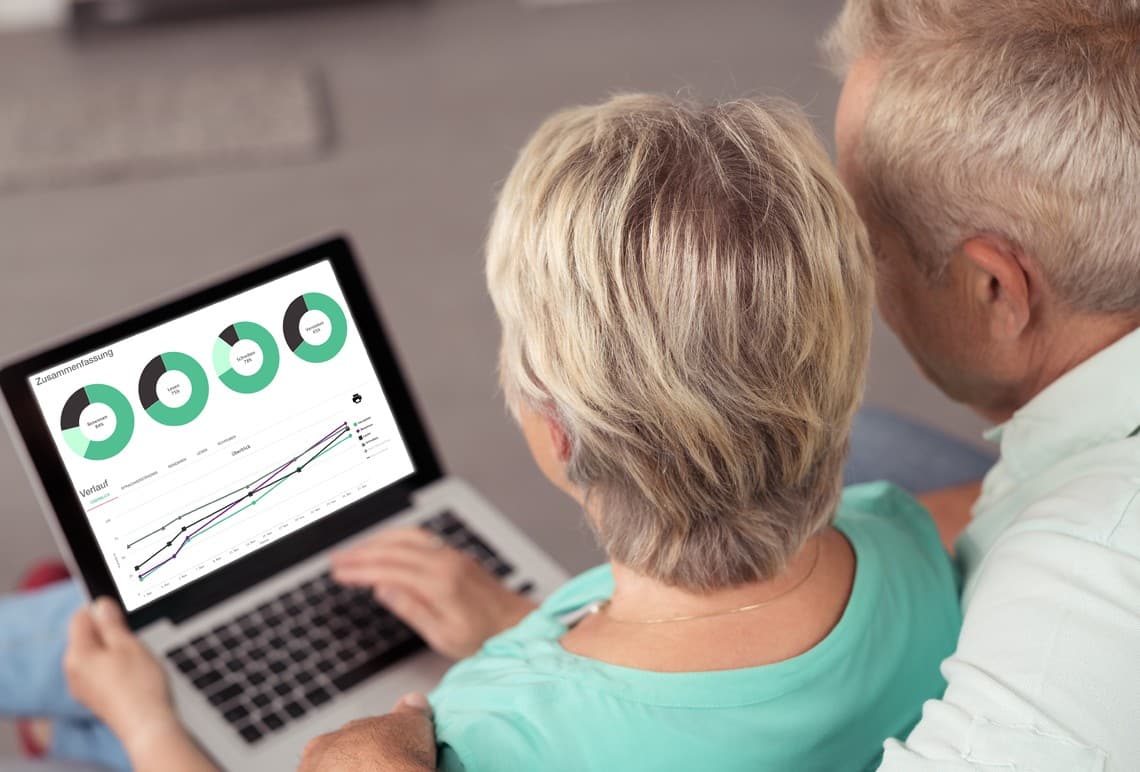
People who have suffered a stroke or traumatic brain injury usually have to re-learn a lot – walking, writing, understanding, controlling their limbs, and speaking. After a stroke, speech is often at least affected, if not completely gone, depending on the severity of the infarct and on which side of the brain it occurred. In right-handed people, the left hemisphere of the brain controls the right side of the body, as well as the speech center; in left-handed people, the speech center is on the right side.
A word as simple as “rabbit” can pose a problem. Following are months of training with a speech therapist, where the patients often start from scratch and have to re-learn each new sound little by little. Sometimes, it even takes years until the patients have completely regained their speech and have overcome the difficulties in finding the right words.
In medicine, disorders associated with a loss of speech are called aphasia, a disease that can only be conquered by regular exercise: Speaking, speaking, speaking. Ideally, the patients should have at least five therapy units of one to two hours per week. Unfortunately, the reality is not as simple as that.
Aphasic patients usually have to make do with one single therapy session per week, and only for a limited time. Mandatory health insurances cover ten sessions of 45 minutes each. A doctor can issue a maximum of six consecutive prescriptions if he can prove that additional therapy is necessary. In the case of private health insurance companies, it must first be clarified whether the insurance contract covers speech therapy at all.

neolexon – the speech therapist at home
In 2014, the two speech therapists Mona Späth and Hanna Jakob had the idea for the neolexon app. They graduated in speech therapy at the Ludwig Maximilian University in Munich (LMU) and subsequently worked as speech therapists in various clinics and practices. There, they learned that with the given means effective therapy was not possible.
Subsequently, they started the neolexon project at the Institute for Phonetics and Speech Processing at the LMU. The computer scientists Swaroop Nunnaist and Jakob Pfab developed the app, and in 2017 all four founded neolexon. “In order to develop a feasible software for our patients, we had numerous meetings between IT, therapists and patient test users,” says Mona Späth.
Traditionally, therapists work mainly with analog materials such as picture cards and exercise sheets. So far, digital therapy approaches consisted only of standard exercise units that cannot be adapted to the patients’ individual needs. With neolexon, on the other hand, the therapist can individually adapt the exercises to each patient. The app includes thousands of words, images, and videos in which patients can hear and see how a word is pronounced.
The biggest advantage of the app is that the therapy is not limited to the session with the speech therapist – the patients can also practice as much as they want at home. “The neolexon therapy system enables the patient to practice independently and indefinitely on the tablet,” says neolexon. “The contents of the exercises are individually put together by the speech therapist. That way, it can be optimally adapted to the severity of the speech disorder as well as to the personal interests of the patient.

Four exercises
The app can be used to train four skills: Understanding, speaking, reading, and writing. The speech therapist can adjust the difficulty level of the exercises to the patient’s individual needs. According to the inventors, computer skills are not required, because clear photos, large user interfaces and lettering make the app easy to use. Patients can listen to the individual words in the video, and the app gives clear feedback as to whether the problem has been solved correctly or not. As a playful element, there are “diligence stars” that encourage additional practice. Every 10 minutes, you can work on a star; in the weekly overview, you can see how long you have practiced every day. Practice only with the app and without a therapist is not possible. It is only available in combination with a speech therapist, who is registered with neolexon and sets up the self-training, accompanies it, and constantly adapts it to the learning progress.
The app is certified as a medical device and complies with the data protection requirements according to DSGVO and BDSG-neu. Nevertheless, only one health insurance company – IKK gesund plus – covers the costs of the application for patients as part of an innovation project. However, the app is very popular with doctors and therapists. According to the Ärztezeitung, “Neolexon is a comprehensive and very high-quality speech therapy app. It combines well-controlled word, sentence, and image material with structured exercises and fulfills the requirements of customization. Speech therapists report that working with Neolexon motivates many patients. However, they criticize the rather high price and the fact that the app is only available on a subscription basis.”
Nevertheless, neolexon hopes that, over time, other health insurance companies will cover the costs and that the app will be accessible to all aphasia patients. “Our long-term goal is that insurance companies reimburse the costs of the patient’s aphasia app,” the founders say.








